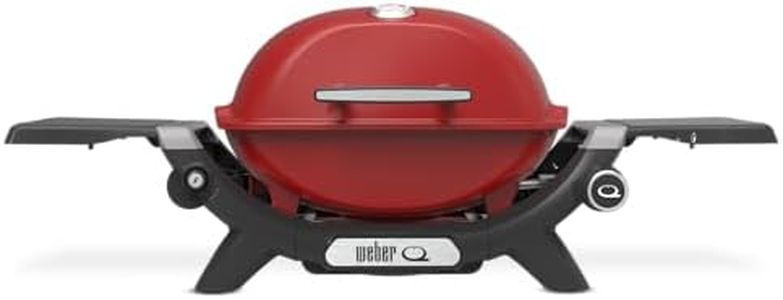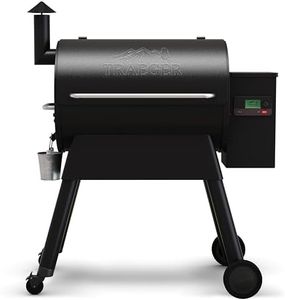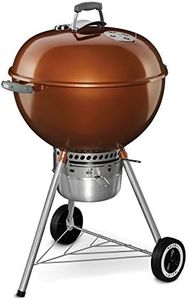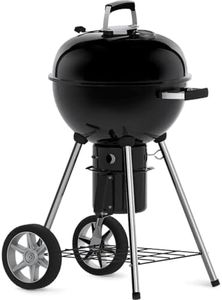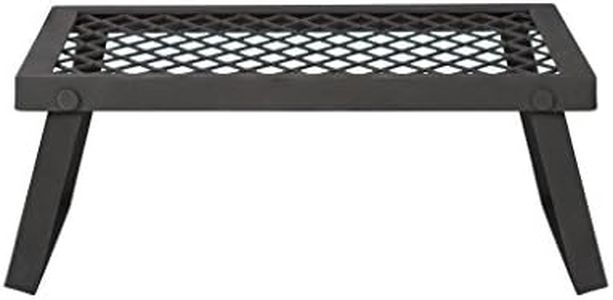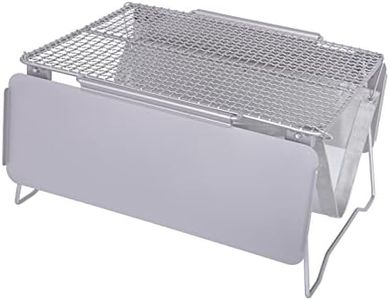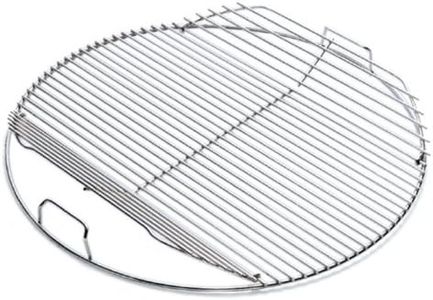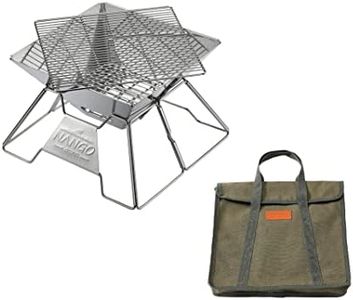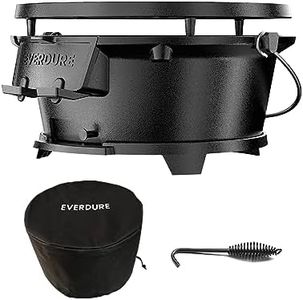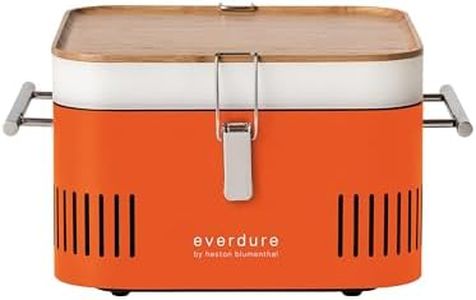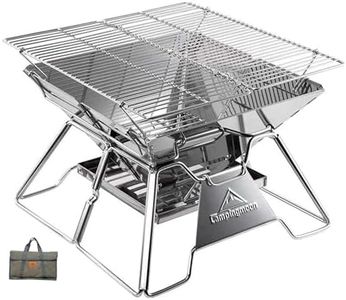We Use CookiesWe use cookies to enhance the security, performance,
functionality and for analytical and promotional activities. By continuing to browse this site you
are agreeing to our privacy policy
10 Best grills
From leading brands and best sellers available on the web.Buying Guide for the Best grills
Choosing the right grill is all about matching your cooking style, available space, and convenience preferences to the features different grills offer. It's important to consider whether you want to cook quickly and easily, or you enjoy the process and the flavors that come with certain types of grilling. Always think about how many people you usually cook for, how often you plan to grill, and where you’ll be using the grill. By focusing on these key points, you can avoid feeling overwhelmed by the wide range of options and zero in on what matters most for your grilling experience.Type (Gas, Charcoal, Electric, Pellet)The type of grill refers to the primary fuel source it uses, which can significantly impact your cooking experience and the flavor of your food. Gas grills are popular for their convenience and quick heat-up times, making them ideal for casual, everyday grilling. Charcoal grills are loved for their ability to produce smoky flavors, but they require more effort to light and clean. Electric grills are best for indoor or small outdoor spaces where open flames aren't allowed, and though they are easy to use, they don’t offer traditional grill flavor. Pellet grills combine ease of use with wood-smoke flavor, using compressed wood pellets for fuel. Consider which type of grill fits your lifestyle and the importance you place on flavor, ease of use, and maintenance.
Cooking Surface AreaCooking surface area tells you how much food you can cook at once, usually measured in square inches. Small grills (around 200-400 square inches) are perfect for singles, couples, or small patios. Medium grills (400-600 square inches) suit most families or small gatherings, providing enough space for several burgers, veggies, or steaks at a time. Large grills (over 600 square inches) are best for people who regularly host big parties or want to cook multiple dishes simultaneously. Think about how many people you typically serve and whether you want extra space for indirect cooking or side dishes.
Heat Control and DistributionThis refers to how well the grill can adjust and spread heat across the cooking surface. Look for grills with multiple burners, adjustable air vents, or other features that let you control different temperature zones. This helps with cooking various foods at once and prevents burning or undercooking. If you want versatility and more complex cooking (like searing and slow roasting at the same time), more control and better heat distribution will be important. A simpler setup might be fine for straightforward grilling.
Build Material and DurabilityThe materials used for the body, lid, and grates of the grill affect how long it will last and how easy it is to clean. Stainless steel, cast iron, and porcelain-coated materials tend to be more resistant to rust and weather, while cheaper metals might not last as long outside. If you plan to leave your grill uncovered or use it often, look for sturdy construction and good materials to ensure it looks and works well for years to come. If you only grill occasionally or will keep your grill sheltered, this might be a less critical factor.
Ease of CleaningCleaning is a crucial part of grill ownership, and some grills make it much easier than others. Look for features like removable ash catchers, grease trays, or non-stick grates to make post-cooking cleanup quick. If you dislike scrubbing or want to grill frequently with minimal fuss, prioritize models with these features for less hassle and better performance over time.
Portability and SizePortability refers to how easy it is to move or store the grill, which is especially important if you have limited outdoor space, plan to take it camping, or need to move it around your yard. Smaller, lighter grills or those with sturdy wheels are best for these situations, while large, stationary models might suit someone with a permanent outdoor kitchen setup. Consider where you’ll use and store your grill, and make sure it fits your space and transportation needs.
